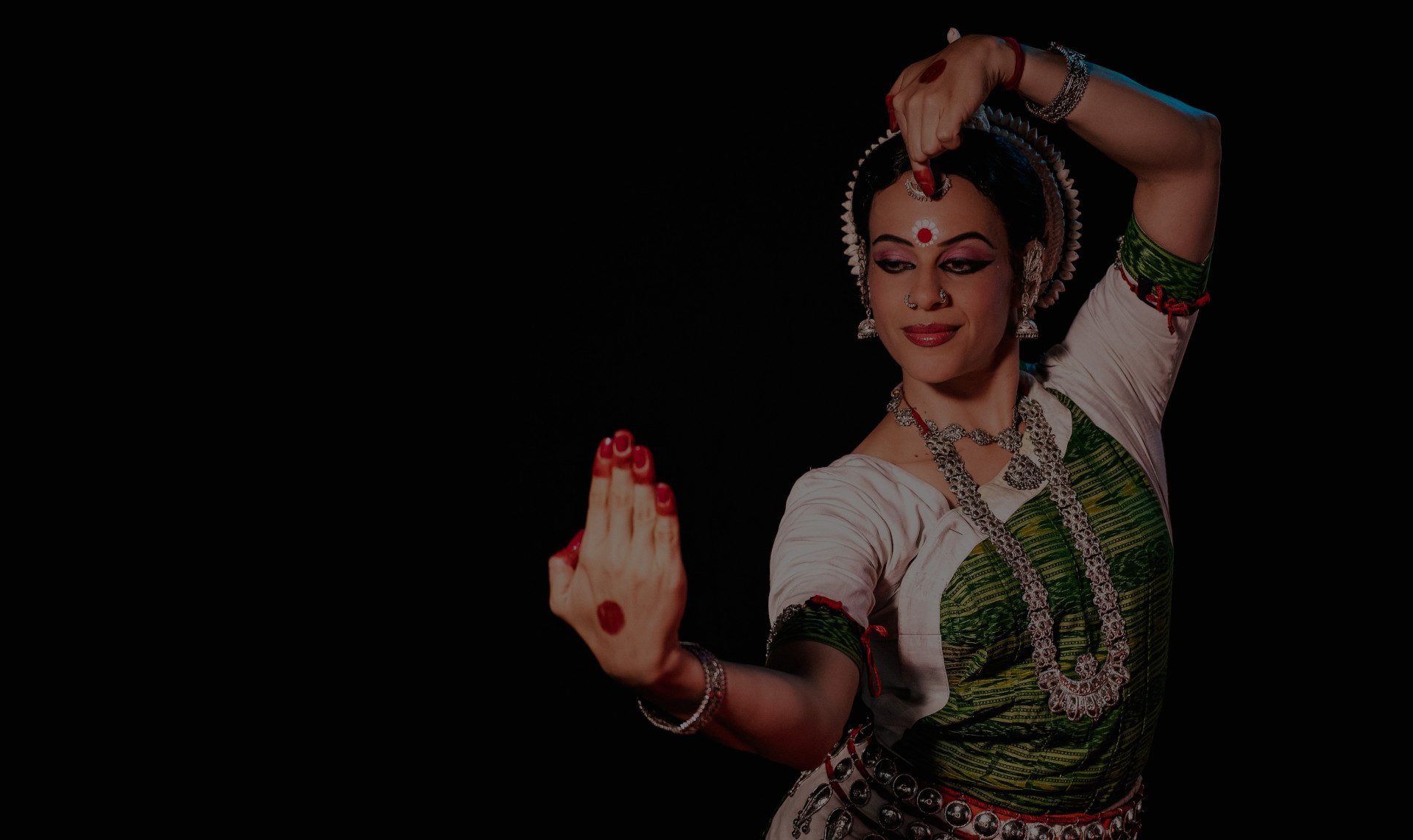
What is Odissi Dance?
Odissi is one of the eight classical dance forms of India, rooted in the ritual and aesthetic traditions of Odisha (formerly Orissa), a state on the eastern coast of India. Distinguished by its lyricism, sculptural poses, and spiritual intensity, Odissi is both a performative art and a living embodiment of India’s devotional and aesthetic philosophies.
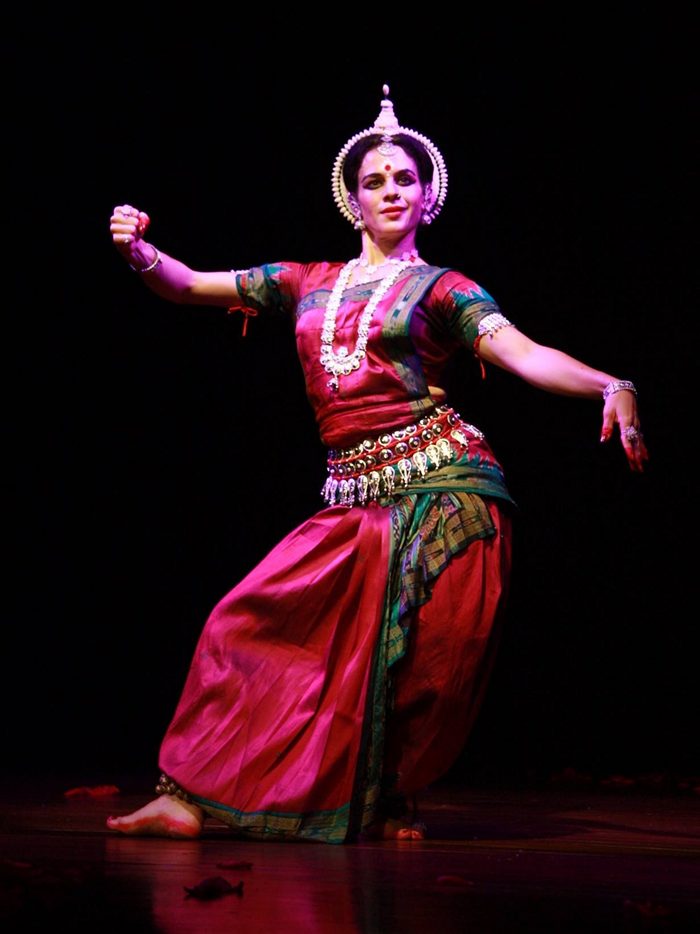
Historical and Ritual Origins
Odissi traces its origins to the temple rituals of Odisha, particularly those associated with the Jagannath cult in Puri. Historical evidence from inscriptions, temple sculptures, and classical texts such as the Natyashastra and Abhinaya Darpana point to a longstanding tradition of sacred dance performed by Maharis, female temple dancers who offered their art as seva (service) to deities.
Parallel to the Mahari tradition was the Gotipua tradition, in which young boys dressed as women performed Odissi outside temple spaces, especially during the medieval period when temple patronage declined. These two streams—ritual and folk—merged during the mid-20th century revival of the form.
Grace unfolds like temple carvings brought to life.
Step into the flow and feel tradition move through you.
Revival and Codification
During the 1950s and 60s, Odissi underwent a significant revival thanks to the collaborative work of gurus such as Guru Kelucharan Mohapatra, Guru Pankaj Charan Das, Guru Deba Prasad Das, and Guru Mayadhar Raut, alongside scholars and art historians. Their work involved reconstructing the dance from the surviving manuscripts, archival footage, sculptures from temples like Konark, and oral traditions passed down through Mahari and Gotipua practitioners.
The revival brought Odissi into the proscenium stage, giving it a formal structure that could be taught, performed, and preserved. Institutions like Odisha Sangeet Natak Akademi, Utkal Sangeet Mahavidyalaya, Srjan, Orissa Dance Akademy, Gangadhar Foundation, further institutionalized its pedagogy and performance practice.
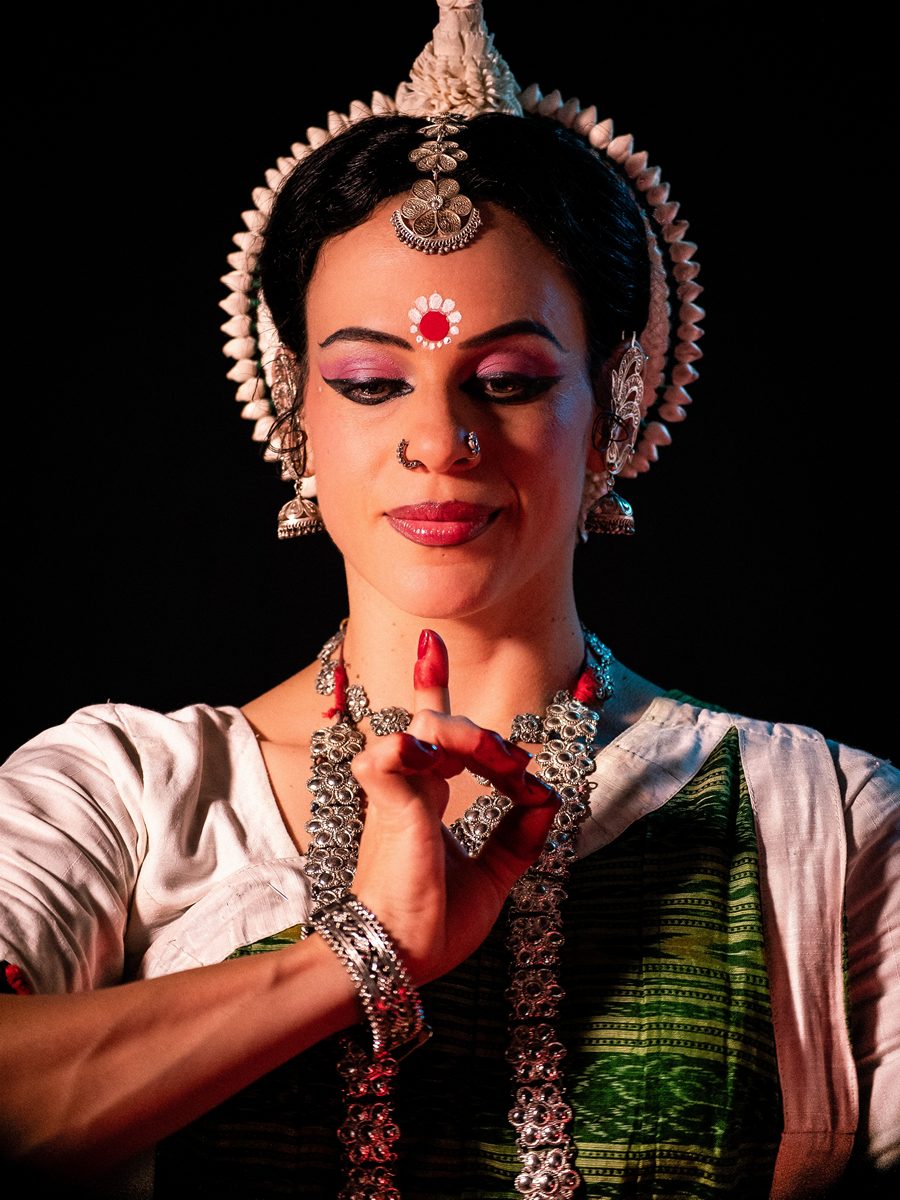
Aesthetic Structure and Technique
Odissi is distinguished by the tribhangi (three-bend posture) and chowk (a square stance symbolizing masculine energy), which together shape the form’s kinetic language. The dance weaves together intricate footwork (pada bheda), subtle facial expressions (mukhaja abhinaya), and codified hand gestures (mudras) to convey poetic and spiritual themes.
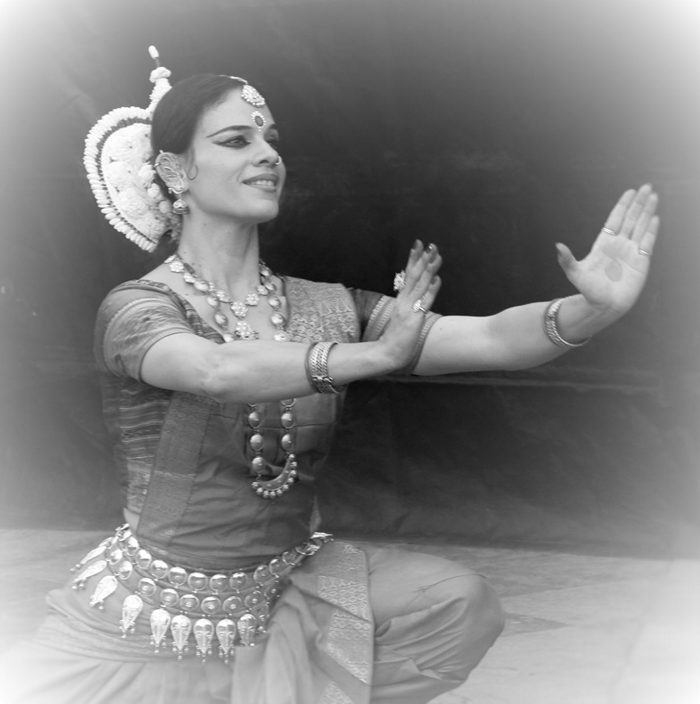
Odissi’s vocabulary draws from ancient treatises like the Natyashastra and Abhinaya Darpana, yet it also incorporates regional flavors, both stylistically and thematically.
The repertoire typically includes items such as:
- Mangalacharan: An invocatory piece.
- Batu or Batuka: A pure dance (nritta) showcasing technique.
- Pallavi: A lyrical elaboration of melody through movement.
- Abhinaya: Expressive pieces depicting devotional poetry, often from Jayadeva’s Gita Govinda.
- Moksha: A concluding item symbolizing spiritual liberation.
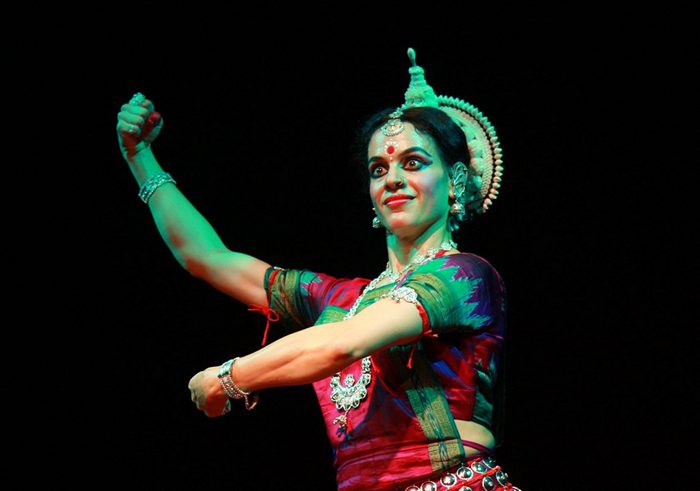
Philosophical Underpinnings
Odissi is deeply entwined with bhakti (devotion), particularly the Vaishnavite devotion to Lord Jagannath. However, it also explores Shaivite, Shakta, and even Tantric themes. The dance serves as a sadhana (spiritual practice), where movement becomes a medium of transcendence, not merely performance.
Its philosophical core resonates with rasa theory—the classical Indian aesthetic concept of emotional essence—and the experience of ananda (bliss) through nritta (pure dance) and nritya (expressive dance).
Contemporary Practice
Today, Odissi is practiced and performed worldwide, both in traditional settings and as part of cross-cultural explorations. It continues to evolve through the work of contemporary dancers and choreographers who honor its roots while pushing creative boundaries. Global institutions, festivals, and diaspora communities have played a key role in its transmission and transformation, maintaining its relevance in the 21st century.
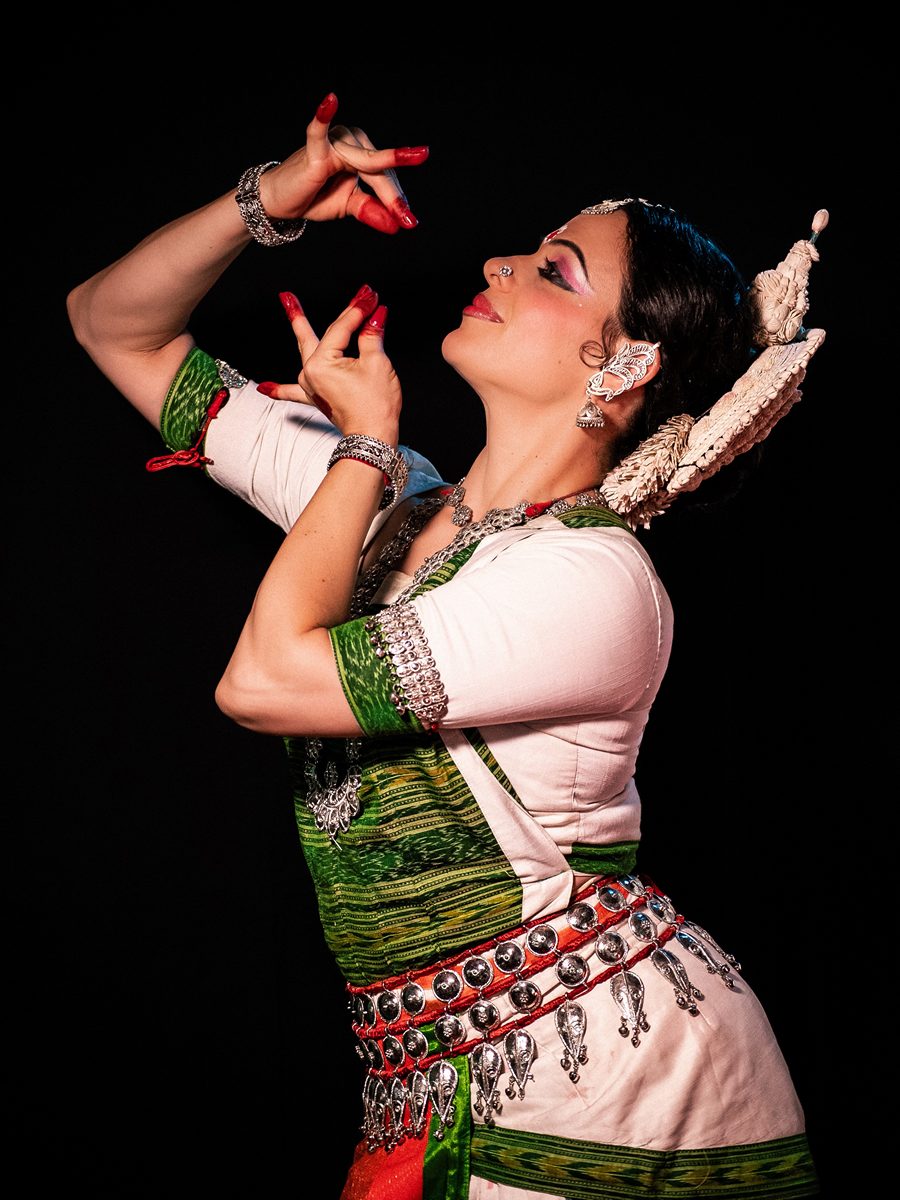
Discover the grace of Odissi.
More than dance, it is devotion, storytelling, and sculpture in motion. Classes are open to all, offering a doorway into rhythm and spirit.
References and Further Reading:
- Vatsyayan, Kapila. Classical Indian Dance in Literature and the Arts. Sangeet Natak Akademi.
- Ragini Devi. Dance Dialects of India. Motilal Banarsidass.
- Alessandra Lopez y Royo. Odissi: A Dance in Transition. In South Asia Research, Vol. 23, No. 1.
- Kothari, Sunil. Odissi: Indian Classical Dance Art. Marg Publications